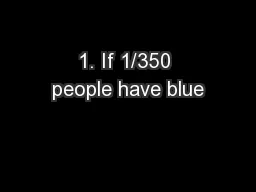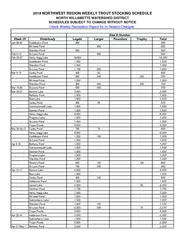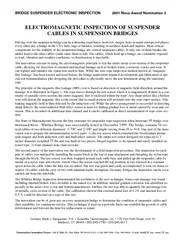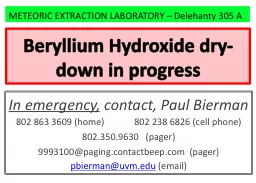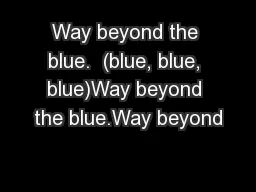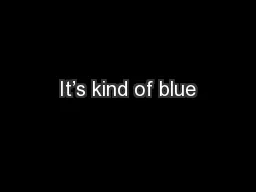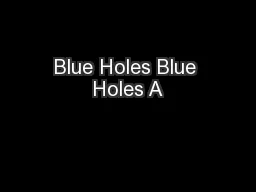PPT-1. If 1/350 people have blue
Author : tatiana-dople | Published Date : 2017-08-29
eyes what frequency of the population is hybrid for brown eyes Homozygous for brown eyes 2 How does sexual reproduction produce variation 3 Why are pointsubstitution
Presentation Embed Code
Download Presentation
Download Presentation The PPT/PDF document "1. If 1/350 people have blue" is the property of its rightful owner. Permission is granted to download and print the materials on this website for personal, non-commercial use only, and to display it on your personal computer provided you do not modify the materials and that you retain all copyright notices contained in the materials. By downloading content from our website, you accept the terms of this agreement.
1. If 1/350 people have blue: Transcript
Download Rules Of Document
"1. If 1/350 people have blue"The content belongs to its owner. You may download and print it for personal use, without modification, and keep all copyright notices. By downloading, you agree to these terms.
Related Documents

